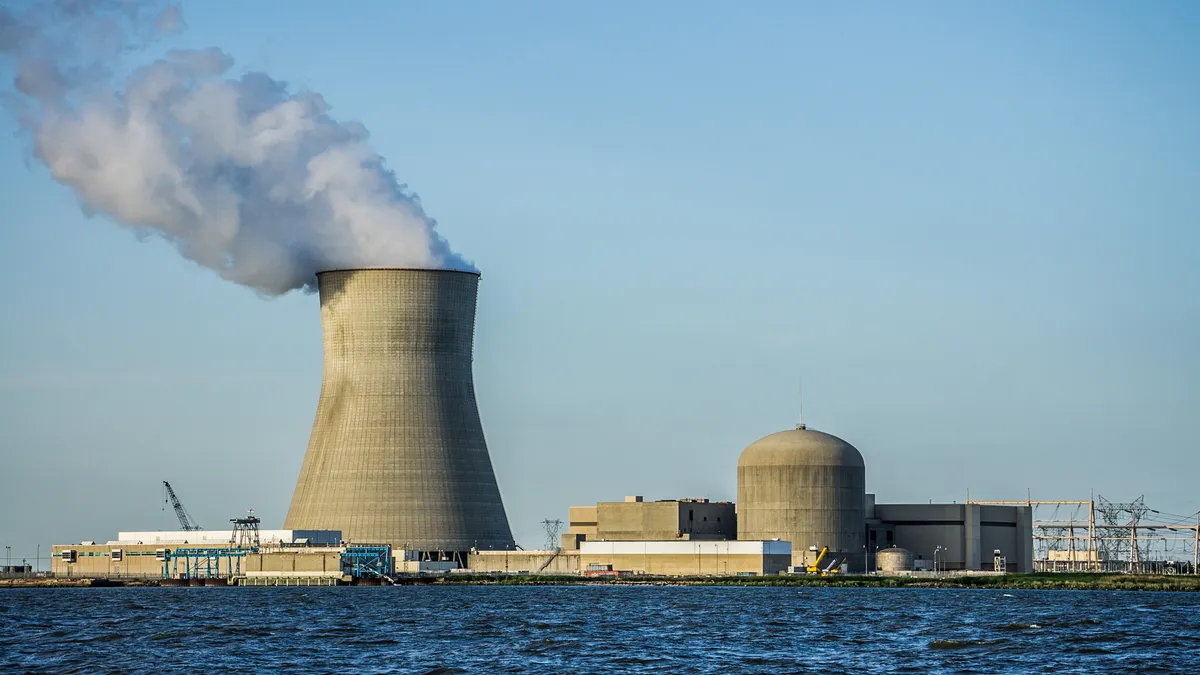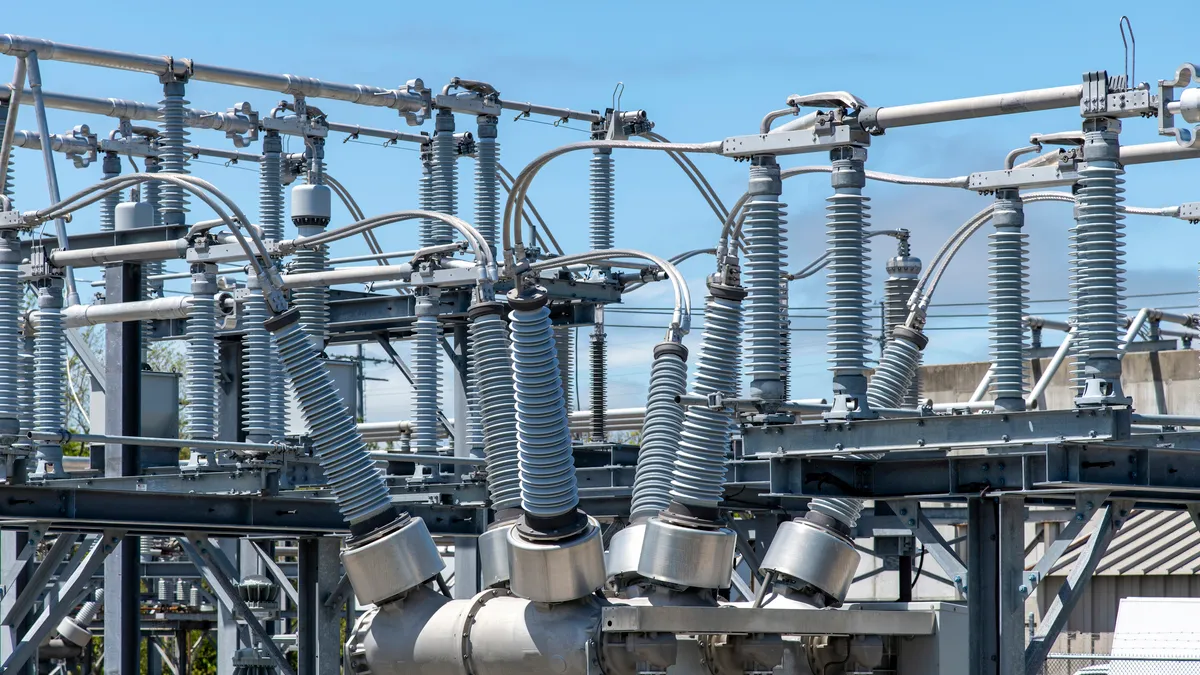Energy storage is shaping up to have its strongest year ever in what could be a turning point for the technology and the industry.
As of the third quarter, 108 MW (94 MWh) of energy storage was deployed in 2015, compared with 38 MW (65 MWh) installed during the same period in 2014, according to a new report from GTM Research.
At that pace, GTM estimates energy storage installations will hit 192 MW this year, triple the amount of storage put in place in 2014.
“It's definitely been a banner year,” Brett Simon, energy storage analyst at GTM Research, said. “Prices are continuing to decline and the use cases for storage are becoming better understood.”
Behind-the-meter boom
The biggest gains to date in 2015 have been in behind-the-meter installations. According to GTM, the behind-the-meter market grew over 16 times larger than the same period last year.
Behind-the-meter installations boomed in the third quarter of 2015.
The iconic development in that market, though probably not a root cause, was Tesla Motors introduction in May of its Powerwall battery that is aimed at the residential market, particularly homes with solar panels and/or electric vehicles.
Tesla’s high media profile served to put battery storage into the mainstream spotlight, and is commonly referred to in the industry as the day storage "went mainstream." It also broke the dam and was soon followed by a flood of competitors moving quickly to stake their claim in the burgeoning market.
Among the competitors is Germany’s Sonnen (formerly SonnenBatterie), which in November introduced a combined solar panel-storage-control system that the company claims facilitates the formation of renewable energy microgrids and is priced to undercut the cost of a Powerwall system.
Tesla’s pricing also created a price target for Orison, another California based company that in September took aim at Tesla and introduced its plug-and-play home storage system.
In addition to buzz and competition, Tesla’s Powerwall could bring other benefits to the energy storage market, such as economies of scale. As energy storage systems gain market share, increased production is likely to result in lower unit costs, and falling prices often result in even wider adoption. Analyst Dan Dolev at Jefferies estimates that Tesla’s huge Nevada factory alone could drive down the costs of its lithium-ion batteries more than 50% to about $125/kWh.
Price declines, growth to continue
In the wider market, Cambridge, Massachusetts consulting firm IHS sees continuing declines in lithium-ion battery prices. They fell 53% between 2012 and 2015, and IHS sees them falling by half again by 2019.
On the heels of these developments, GTM Research sees the residential market surpassing the utility sector in 2019, and reaching 59% of total market in 2020.
In its report, GTM notes that utility sector storage installations dropped 46% year-over-year. The drop is attributable to the fact that in third-quarter 2014 Southern California Edison brought one of the largest energy storage projects in the world online, its 8-MW (32 MWh) Tehachapi Wind Energy Storage project. In addition, some portions of the utility market in 2015 are beginning to approach saturation.
In the PJM Interconnection area in the Northeast, most of the energy storage projects have been for frequency regulation. That market is “starting to saturate,” Simon said, and “won't continue at its previous pace, but there is nevertheless a high installed base of storage and we'll continue to see more systems coming online in the near future as systems under development are interconnected.”
California, Hawaii milestones
Two other storage markets also hit notable milestones in 2015.
In California, energy storage beat out gas-fired generation in some instances in a Southern California Edison resource solicitation. The request for offers resulted in contracts for 260 MW of storage, far above the 50 MW mandated in the original RFO specs. Environmentalists protested procurement levels of gas resources, especially in relation to renewable generation, in the SCE solicitation, but the demand for storage was clear.
Energy storage in California is supported by both the state’s Self-Generation Incentive Program and, legislatively, by AB 2514, which is designed to encourage the integration of energy storage into the state’s grid.
Hawaii is another strong market for storage. High electricity prices and abundant sunshine provide the setting for a strong solar market. Oahu, the most populous of the Hawaiian islands has 12% solar penetration compared with a national average of about 0.05%, according to the Energy Information Administration.
High solar penetrations bring their own set of challenges, such as overgeneration in midday hours, but also the opportunity to store clean power to use when the sun isn't shining. Such capability will be crucial as the state works to meet its 100% renewable energy mandate by 2025, and a new project this year offered a path toward that goal.
In September, Kauai Island Utility Cooperative signed a deal with SolarCity for a 13 MW, 52 MWh solar-storage facility that the company claims will be the first fully dispatchable solar system in history. The solar cells will charge the batteries during the height of the day, and the batteries will discharge stored power to customers during the evening peak between 5 p.m. and 10 p.m.
Hawaii recently ended its net metering program for solar power, but as in other jurisdictions, that is spurring vendors to offer solar-plus-storage options as a way of making renewable energy alternatives economically attractive.
“It's increasingly likely that new customers in Hawaii looking at PV will install storage as well,” Simon said.
Some states in Australia are also reducing or phasing out net metering benefits – known as feed-in tariffs down under – and that will be an important driver in a boom in energy storage. A separate GTM report predicts Australia’s energy storage market will reach 244 MW of annual installed capacity by 2020 from a base of 7 MW expected to be installed this year.
New entrants to drive market
Back in the U.S., new uses are also likely to boost the utility market. To date, the utility-scale storage growth in the PJM market has been fueled by frequency regulation, but in recent months there have been deployments in markets outside of PJM, where storage has been used to provide voltage support, reliability and islanding capabilities on the distribution grid, or to firm renewable resources, notes Ravi Manghani, senior analyst for energy storage at GTM Research.
“We expect that in coming years, bigger share of deployments will provide reliability and capacity benefits compared to frequency regulation,” he said.





















